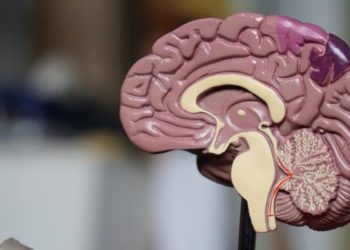Early head-to-pelvis CT imaging for patients experiencing out-of-hospital circulatory arrest is safe and effective for determining causes of arrest
1. Early head-to-pelvis CT imaging for patients experiencing out-of-hospital circulatory arrest is safe, expedites diagnosis, and can meaningfully impact management.
Evidence Level Rating: 2 (Good)
Out-of-hospital circulatory arrest (OHCA) is a devastating event. For patients resuscitated from an OHCA event, determining the etiology is often challenging due to a lack of medical history and communication barriers posed by potential altered mentation and/or the need for intubation. As such, this prospective cohort study was designed to evaluate the early use (≤ 6 hours from hospital arrival) of head-to-pelvis CT imaging in patients resuscitated from an OHCA event. The imaging protocol used in this study included a non-contrast head CT from the top of the head to below the mandible, an ECG-gated CT scan of the thorax, and a non-ECG gated venous phase CT scan extending from the diaphragm to just below the pelvis. Images were reviewed by radiologists blinded to patient clinical data. The primary study outcomes were the number of OHCA causes identified by the imaging protocol and the frequency with which the imaging protocol identified critical findings that did or should affect management. 104 patients were ultimately included for analysis, with a mean time to imaging from hospital arrival of 1.8±0.8 hours. The imaging protocol identified 39% of the adjudicated causes for OHCA and 95% of causes potentially identifiable on CT. Of the 44 patients with time-sensitive diagnoses that required change in management, the imaging protocol identified 98%. In 13% of cases, the cause of OHCA was determined exclusively by CT imaging, and would not have otherwise been detected. Of note, no inappropriate treatments were performed based on CT imaging findings and there were no allergic reactions to contrast dye. Overall, this prospective study demonstrated that a head-to-pelvis CT imaging protocol in the setting of OHCA had high diagnostic utility to identify and rule out causes of circulatory arrest. These data suggest that early head-to-pelvis CT imaging for patients with OHCA is safe, expedites diagnosis, and can meaningfully impact management.
Click to read the study in SAEM
Image: PD
©2020 2 Minute Medicine, Inc. All rights reserved. No works may be reproduced without expressed written consent from 2 Minute Medicine, Inc. Inquire about licensing here. No article should be construed as medical advice and is not intended as such by the authors or by 2 Minute Medicine, Inc.

![2MM: AI Roundup- AI Cancer Test, Smarter Hospitals, Faster Drug Discovery, and Mental Health Tech [May 2nd, 2025]](https://www.2minutemedicine.com/wp-content/uploads/2025/05/Untitled-design-350x250.png)







